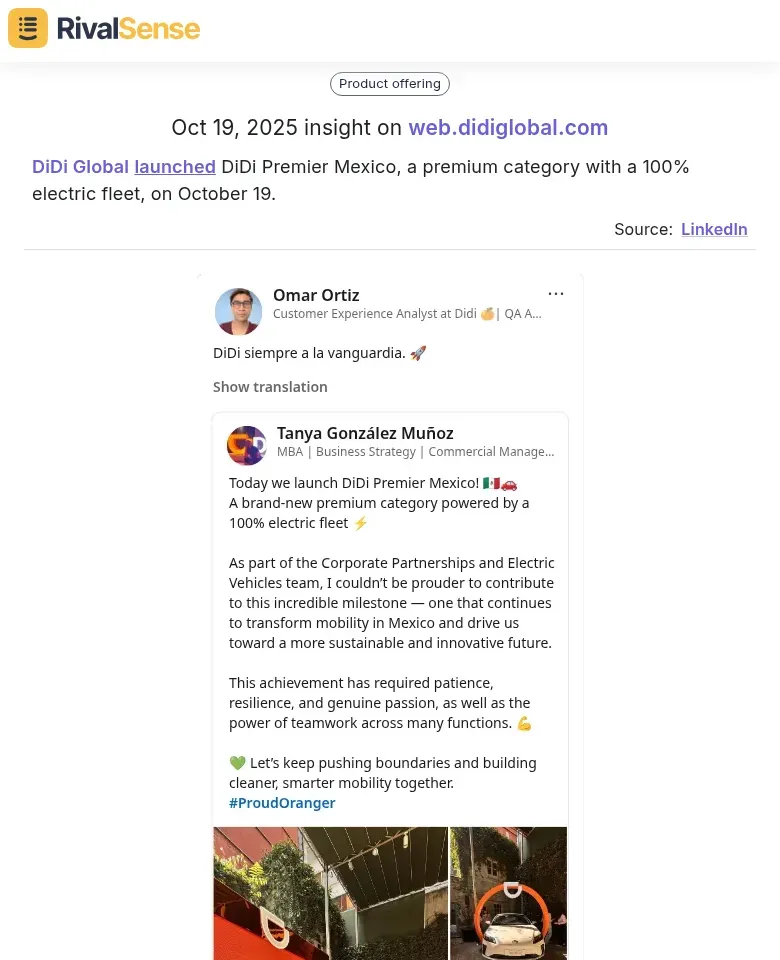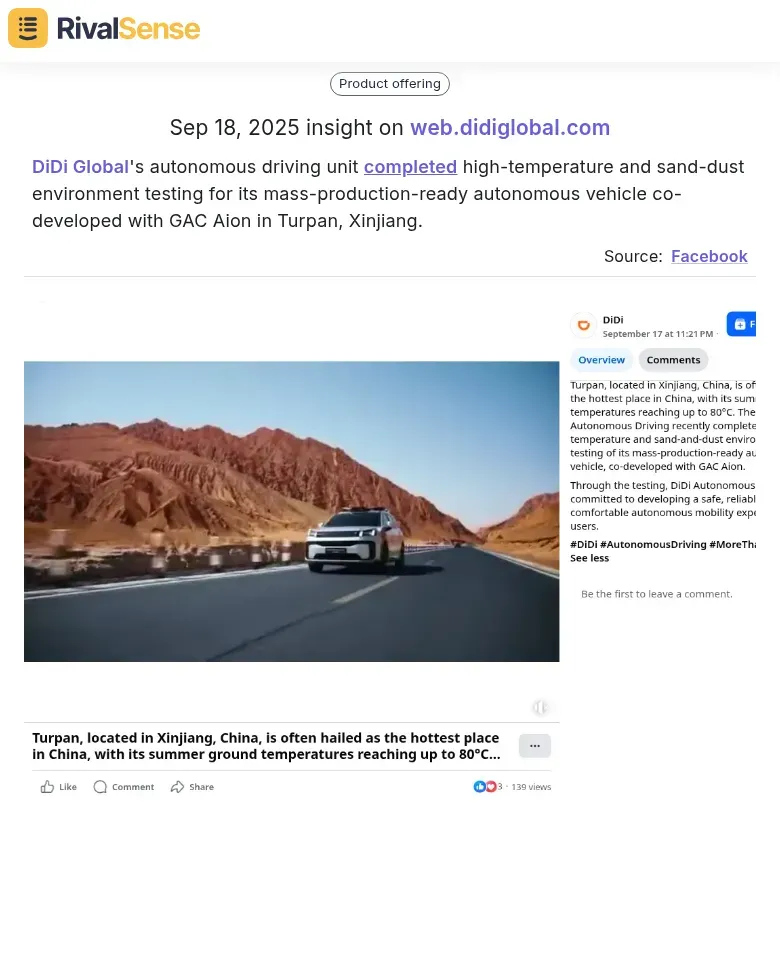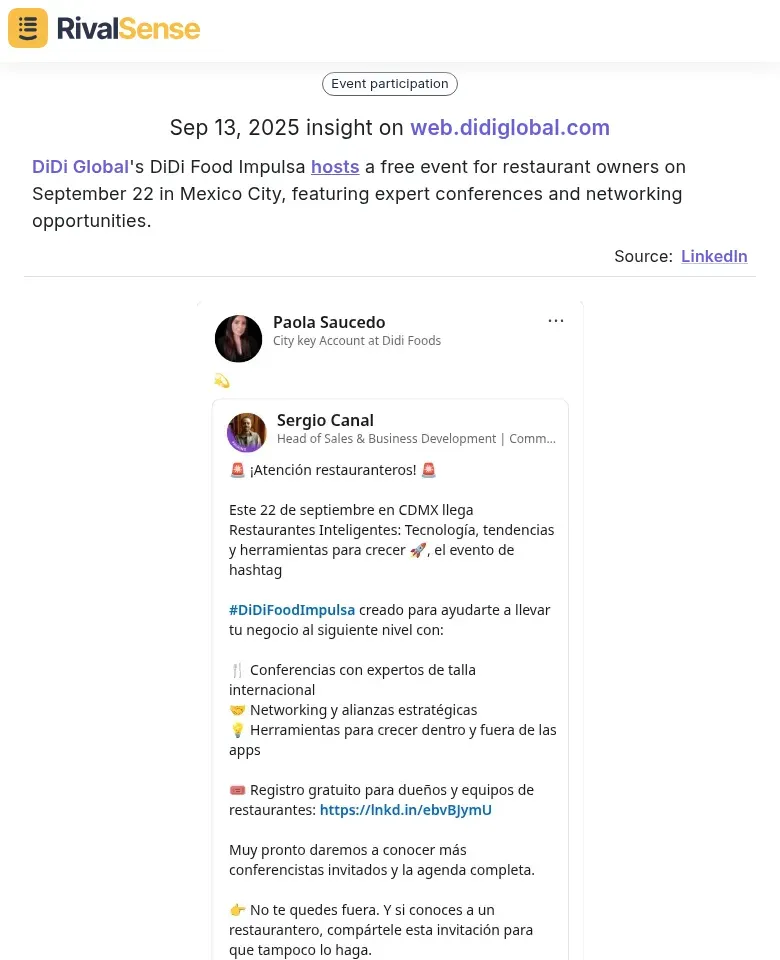Predictive Analytics for Key Account Success in Transportation
Predictive analytics is revolutionizing key account management in transportation by enabling data-driven strategies that enhance customer retention and drive growth. By analyzing historical data, market trends, and customer behaviors, companies can anticipate needs, identify churn risks, and uncover upsell opportunities. For instance, a logistics firm might use predictive models to forecast a client's shipping volume, allowing proactive resource allocation and personalized service adjustments.
This transforms reactive account management into a proactive, insight-led approach, fostering stronger relationships and loyalty. The competitive advantage lies in making informed decisions ahead of market shifts—like adjusting pricing or routes based on predictive demand signals.
Practical Steps to Implement Predictive Analytics:
- ✅ Collect and integrate data from sources like shipment records and customer interactions
- ✅ Use tools like machine learning algorithms to identify patterns
- ✅ Develop action plans for high-risk accounts, such as offering tailored incentives
By embedding predictive analytics, transportation businesses not only retain key accounts but also outpace competitors through agile, foresight-driven strategies.
Leveraging Market Trends for Strategic Expansion
Staying ahead in transportation requires keen observation of market trends and competitor actions. By analyzing shifts in consumer preferences and rival strategies, you can identify emerging opportunities for growth and expansion in your key account management.
For example, RivalSense tracked that DiDi Global launched DiDi Premier Mexico, a premium category with a 100% electric fleet.  Insights into competitor product launches are valuable because they reveal trends in sustainability and premium services, enabling you to adapt your offerings and capture high-value accounts seeking eco-friendly solutions.
Insights into competitor product launches are valuable because they reveal trends in sustainability and premium services, enabling you to adapt your offerings and capture high-value accounts seeking eco-friendly solutions.
Actionable Tips for Expansion:
- 🔍 Monitor competitor announcements and customer feedback for trend signals
- 📊 Conduct SWOT analysis on gaps in premium or green services
- 🚀 Develop a phased rollout plan, testing with loyal clients before full launch
This approach attracts high-value accounts by aligning with evolving preferences, turning competitive insights into actionable growth strategies.
Innovation and Technology Integration for Competitive Edge
Integrating cutting-edge technology is essential for maintaining a competitive edge in the transportation industry. Predictive analytics, when combined with innovations like autonomous vehicles, can significantly boost service reliability, efficiency, and scalability for key accounts.
RivalSense reported that DiDi Global's autonomous driving unit completed high-temperature and sand-dust environment testing for its mass-production-ready autonomous vehicle.  Tracking such competitor R&D and testing phases is valuable as it helps you benchmark your own innovation timelines, anticipate market readiness, and avoid common pitfalls in product development.
Tracking such competitor R&D and testing phases is valuable as it helps you benchmark your own innovation timelines, anticipate market readiness, and avoid common pitfalls in product development.
Steps to Integrate Innovation:
- 📈 Monitor competitor pilot programs and regulatory approvals
- 🤖 Use predictive models to forecast maintenance needs and reduce downtime
- 🌐 Implement IoT sensors in vehicles for real-time data collection and route optimization
- 🤝 Collaborate with tech partners to co-develop AI-driven logistics platforms
By embedding advanced tech into your offerings, you transform key accounts into long-term partners, delivering unmatched efficiency and a solid competitive advantage.
Building Strong Partnerships and Community Engagement
Building strong partnerships and engaging with the community are crucial for fostering loyalty and driving key account success in transportation. Intentional efforts like hosting events and workshops can position your company as a thought leader while gathering valuable feedback from stakeholders.
RivalSense insights showed that DiDi Global's DiDi Food Impulsa hosted a free event for restaurant owners in Mexico City.  Monitoring competitor events is valuable because it highlights effective community engagement strategies, inspiring you to create similar initiatives that build trust, identify partnership opportunities, and strengthen client relationships.
Monitoring competitor events is valuable because it highlights effective community engagement strategies, inspiring you to create similar initiatives that build trust, identify partnership opportunities, and strengthen client relationships.
Practical Engagement Strategies:
- 🗓️ Create quarterly stakeholder engagement calendars
- 💼 Develop account-specific value propositions for each partnership
- 📏 Establish clear metrics for partnership success (e.g., joint revenue growth, client retention rates)
- 🔄 Facilitate cross-account knowledge sharing sessions
These approaches transform transactional relationships into strategic alliances that drive long-term growth and resilience in a competitive sector.
Data-Driven Decision Making for Account Growth
Data-driven decision making is the backbone of effective key account management in transportation. By leveraging predictive analytics, you can forecast client needs, prevent churn, and uncover new revenue opportunities through tailored services and proactive interventions.
Start by collecting historical data on account usage, service issues, and feedback to build accurate models. Use machine learning to predict future demands—for instance, if a logistics client's shipping volume spikes seasonally, proactively allocate resources to avoid delays and enhance satisfaction.
Key Actions for Data-Driven Growth:
- 📊 Implement a CRM integrated with predictive analytics
- 🔍 Conduct quarterly competitor strategy reviews to identify best practices
- 🎯 Create custom service packages using data-driven personas
Tip: Regularly validate predictive models with real-world outcomes and train your team to interpret data for agile decision-making. This focus not only retains accounts but also drives sustained growth by aligning services with evolving client priorities.
Conclusion: Future-Proofing Your Key Account Strategy
Future-proofing your key account strategy in transportation requires a holistic approach that blends predictive analytics, innovation, and strategic partnerships. By anticipating client needs and adapting to market changes, you can build resilient relationships and secure long-term competitive positioning.
To implement these strategies, begin by auditing your data capabilities and investing in predictive tools. Establish cross-functional teams to drive innovation, form alliances with tech providers, and roll out pilot programs with measurable KPIs like customer retention and operational efficiency.
Ready to gain a competitive edge? Try RivalSense for free at https://rivalsense.co/ and get your first competitor report today to uncover actionable insights into product launches, testing phases, and events that can shape your key account success!
📚 Read more
👉 Avoid These 4 Pricing Mistakes When Tracking Competitor Insights
👉 How SentinelOne's Acquisition of Observo AI Enhances Competitor Analysis Strategies
👉 Competitive Positioning: The Strategic Advantage That Drives Business Growth
👉 Competitor Promotional Offers Tracking Framework for Influencer Platforms
